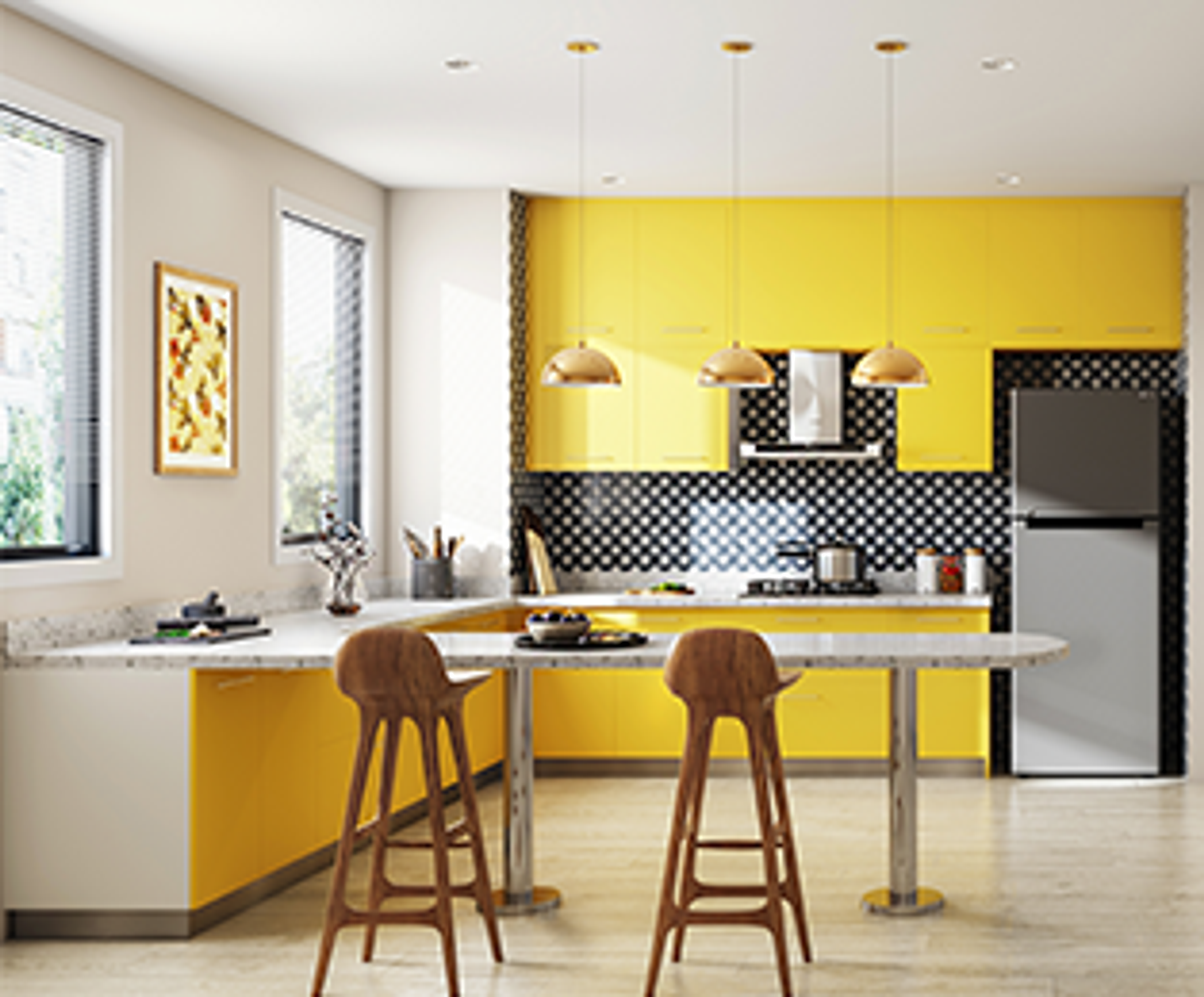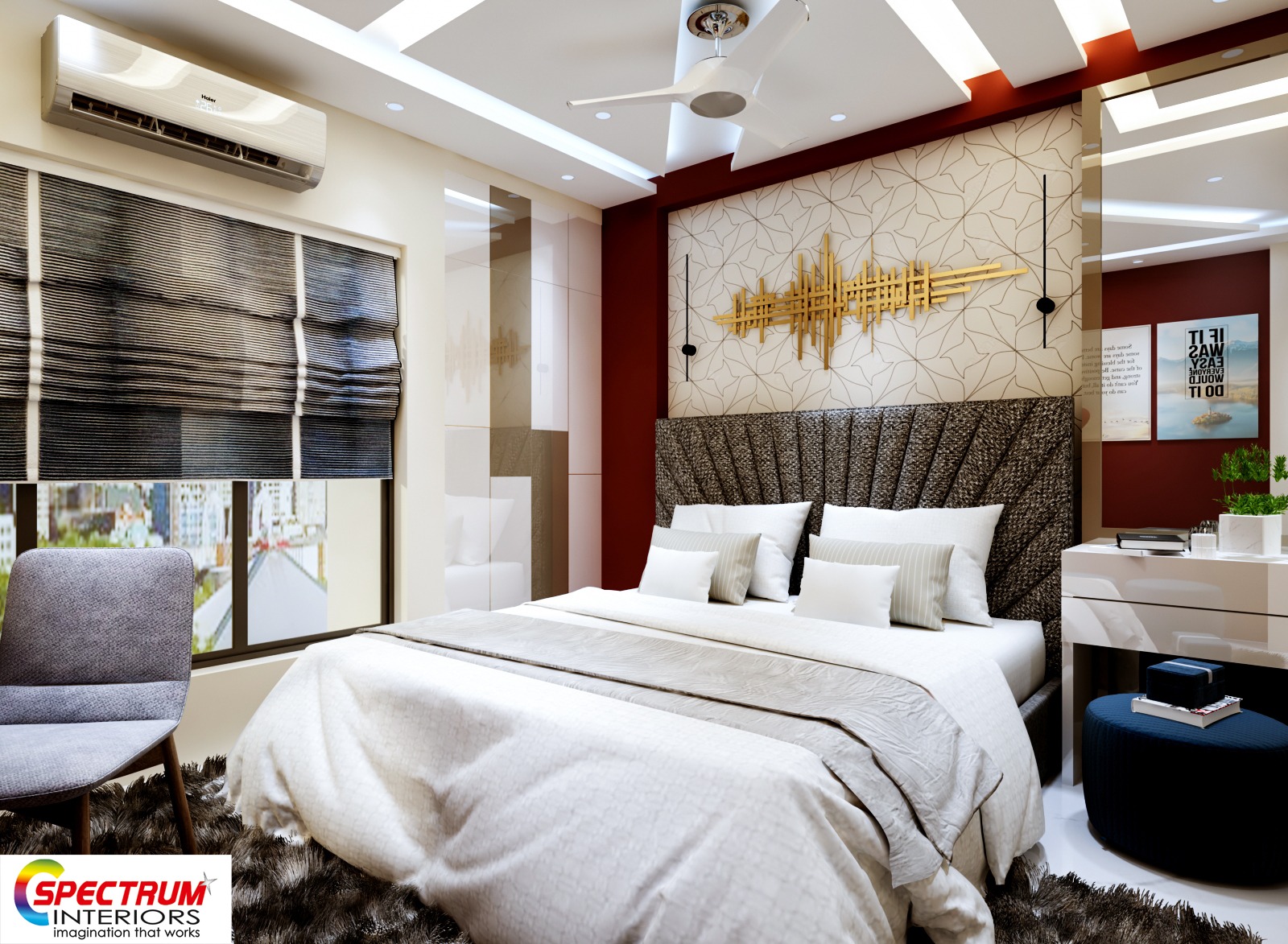Transform Your Home With Vital Concepts of Interior Decoration and Appearances
The art of transforming your home through the important principles of interior style and aesthetics needs a thoughtful approach that harmonizes color, equilibrium, and spatial understanding. By comprehending the effect of shade theory and the relevance of appearance and patterns, one can create spaces that are not just aesthetically enticing yet likewise deeply personal. Accomplishing this stability entails even more than plain decoration; it includes a tactical arrangement and a keen understanding of just how each component connects within an area. As we check out these foundational concepts, take into consideration just how they may redefine your understanding of home and personal expression.
Comprehending Shade Theory
Shade concept is an essential aspect of indoor design that considerably influences state of mind, understanding, and total aesthetic. Recognizing the principles of color theory permits designers to develop spaces that reverberate mentally with passengers while fulfilling useful demands (miami luxury interior design). Colors can be classified into 3 key types: key, secondary, and tertiary. Each category plays a vital role in developing consistency within a space.
The psychological effect of shades is profound; cozy tones such as reds and oranges evoke energy and warmth, while trendy tones like blues and greens promote peace and peace. Furthermore, using corresponding shades boosts aesthetic interest, producing striking contrasts that can raise a space's charm.
Neutral colors, on the other hand, act as a versatile backdrop, allowing other design aspects to radiate. It is necessary to take into consideration variables such as lights and the area's objective when picking a shade scheme, as these can change the understanding of colors throughout the day.
Eventually, a well-considered color plan can transform a space, fostering a feeling of convenience and style that aligns with the inhabitants' choices. Proficiency of color theory is, therefore, an important ability for any kind of indoor designer intending to develop unified and inviting environments.
Attaining Equilibrium in Style
How can designers achieve a feeling of balance in their spaces? Attaining equilibrium in style is fundamental to creating unified insides. Developers can utilize three main types of equilibrium: in proportion, asymmetrical, and radial. Balanced balance involves arranging aspects evenly around a main point, cultivating a sense of order and tranquility. This kind commonly includes pairs of furnishings or artwork, enhancing aesthetic stability.
Unbalanced balance, on the various other hand, depends on varying elements that still attain a cohesive appearance. This approach enables more dynamic and casual arrangements, giving interest while preserving stability. By very carefully selecting varying dimensions, shades, and structures, developers can create a visually engaging room that feels balanced yet energetic.
Radial balance stresses a main centerpiece with components emitting outward. This style is generally seen in circular layouts, where furniture and style create a cohesive border that attracts the eye internal.
Ultimately, accomplishing equilibrium requires thoughtful factor to consider of range, percentage, and the relationships between elements. Architecture Firm. By skillfully applying these balance principles, designers can transform areas into environments that feel both cosmetically pleasing and functionally unified, enhancing the overall experience for residents
Relevance of Spatial Awareness

An eager feeling of spatial awareness enables designers to determine prime focus within an area, leading the viewer's attention to crucial attributes while keeping a total feeling of unity. It additionally assists in the strategic placement of illumination, which can substantially affect the assumption of room and state of mind. Recognizing spatial partnerships makes it possible for the developer to provide to the particular needs of inhabitants, ensuring that each location serves its designated objective without compromising aesthetics.
Eventually, spatial awareness is crucial for taking full advantage of the capacity of any indoor area. By thoroughly considering the interaction in between measurements, design, and feature, developers can create settings that not only fulfill useful needs however also stimulate a sense of convenience and charm, improving the overall living experience.
Including Structure and Patterns
Welcoming a diverse series of structures and patterns can considerably enhance the aesthetic and tactile allure of an interior room. The tactical use numerous materials-- such as timber, metal, material, and rock-- creates depth and rate of interest, making a room really feel more inviting and vibrant. For example, incorporating smooth surfaces with rough appearances can establish an equilibrium that attracts the eye and engages the senses.
When incorporating patterns, think about both range and repetition. Big patterns can function as focal factors, while smaller, subtle layouts can enhance other aspects without frustrating the space. Layering patterns, such as pairing floral paddings with candy striped throws, adds complexity and a feeling of consistency if implemented thoughtfully.
It is likewise vital to keep a natural color combination, making sure that structures and patterns interact instead of compete for focus. By picking a couple of essential structures and patterns, you can create an unified visual that mirrors your personal style while enhancing the overall ambiance of the area. Eventually, the cautious incorporation of these elements can change an ordinary area into a sophisticated setting abundant with character and heat.
Individualizing Your Room
Producing a room that shows your personality is vital to attaining a really inviting setting. Customization in interior layout enables you to infuse your special design and interests right into your home, transforming it from a mere sanctuary into Home Page a refuge that speaks to who you are. Begin by selecting a shade palette that reverberates with your emotions-- vibrant shades can energize, while soft tones offer peace.
Include art work and design that show your passions, whether it be traveling, nature, or abstract principles. Displaying individual collections, such as books, photos, or souvenirs, can evoke valued memories and create prime focus within a space. In addition, think about tailoring functional pieces, like upholstered furnishings, to straighten with your aesthetic choices.

Final Thought
To conclude, the change of a home with the important principles of indoor layout and aesthetic appeal demands a comprehensive understanding of color theory, balance, spatial recognition, appearance, and personalization. Each element contributes substantially to developing an unified and useful living environment - interior check out here design firms. By attentively incorporating these concepts, people can boost the aesthetic allure and psychological vibration of their rooms, inevitably cultivating a home that my blog mirrors unique identifications while supplying comfort and functionality
Comments on “Get inspired by professionals in luxury interior design for a stylish home.”